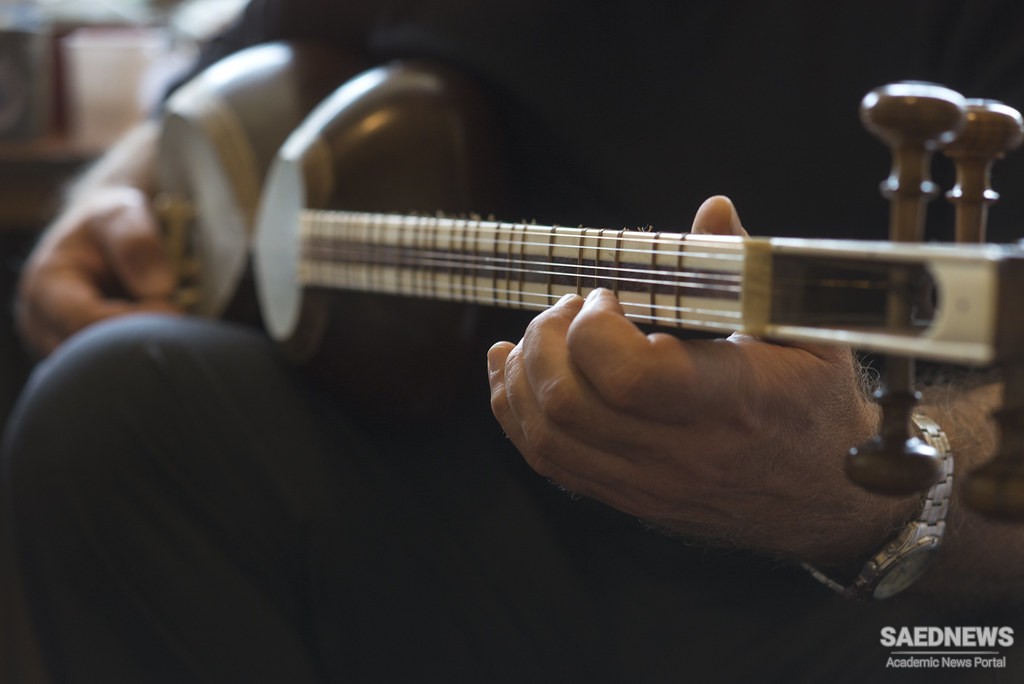A quite formidable literature exists concerned solely with the theory of Persian music. Unfortunately, though, once Persian theorists have set aside the performance, they seldom return to it. The actual performance remains unexamined and often incomprehensible. One may, with patience, read all of the medieval theoretical treatises written on Islamic music and also many of the modern ones and finish knowing little about performed music. The illustrious works of al-Farabi, Ibn Sina, and Safi al-Din do not elucidate a performance of the music; they describe the physical and mathematical aspects of tone production, the intervals played, and, less often, the modes and the instruments.
But whereas medieval Islamic writers would seldom include an investigation of musical· practice in their scientific treatises, the present-day study of music has expanded its interest. Even though music is once again studied as a science—an "ology" taught in the university—its realms are not so narrowly defined. Under the influence of the physical sciences, musicology has discovered its own laboratory, which it has had all along but has been slow to recognize: the concert hall. In contrast to the study of music in the Middle Ages, contemporary musicology finds the study of performance practice an acceptable scholarly pursuit, thereby at long last bringing closer the art and the science of music, the practice and the theory.
To study Persian music according to modern rather than medieval science, the theory must be related to the practice. Therefore, after discussing the tonal materials and structure of Persian music using the customary methodology of Persian theorists, that is, the system of compound melody types or dastgah-ha, we shall return to the practice and discover how these dastgah-ha are used for improvisation. Three parts are involved in this investigation. First is theory, which as a discipline is similar to that of Western music—a consideration of systems abstracted from the music. In Persian music, however, the elements of harmony and counterpoint are much less important than those of melodic and rhythmic modes, of scales, and of intervals.
The second subject, practice, involves a combination of the Western studies of composition and performance practice. A third part, which actually comes between theory and practice, does not have an exact counterpart in Western music. It is the repertory of traditional material on which all Persian is based, the radif. The closest parallels in Western music might be the repertory of Gregorian chant used as basic melodic material for Western sacred music over many centuries, or the different stereotyped melodic and harmonic formulae used in individual style periods.


 Persian Classic Music: An Alternative Sense of Melody and Rhythm
Persian Classic Music: An Alternative Sense of Melody and Rhythm














































